Shows the balance of indirect versus direct bilirubin to add context to liver and bile flow.
Securely stored in EU
Cancel anytime
Test 100+ biomarkers
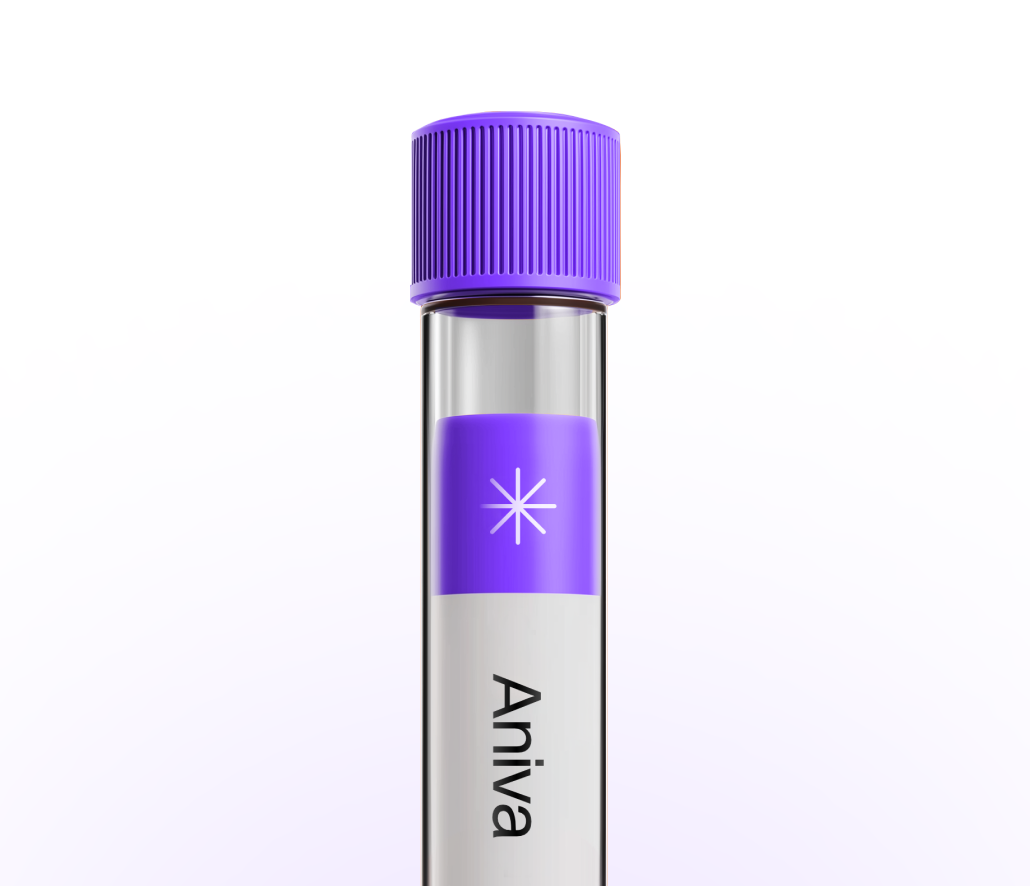
Less than 5 minutes waiting time. One
simple test at one of our 20+ locations.
Get your lab reports within one week.
Accessible on our app and per PDF.
All your health records stored
in a single, convenient place.

Clinicians consider this ratio when bilirubin is elevated or borderline to clarify the pattern. It helps suggest whether the change occurs before or after the liver processes bilirubin. This context can guide next steps, like checking liver enzymes, hemolysis markers, or imaging if needed. You can test this marker with Aniva across Germany and Finland.
Clinicians consider this ratio when bilirubin is elevated or borderline to clarify the pattern. It helps suggest whether the change occurs before or after the liver processes bilirubin. This context can guide next steps, like checking liver enzymes, hemolysis markers, or imaging if needed. You can test this marker with Aniva across Germany and Finland.
High: Proportionally more indirect bilirubin. May be seen with fasting, hemolysis, or slower conjugation (such as Gilbert syndrome).
Low: Proportionally more direct bilirubin. May accompany cholestasis, bile duct blockage, or some liver cell injury. Review trends with other liver tests to narrow the cause. This ratio is not guideline-endorsed; no standardized cutoffs.
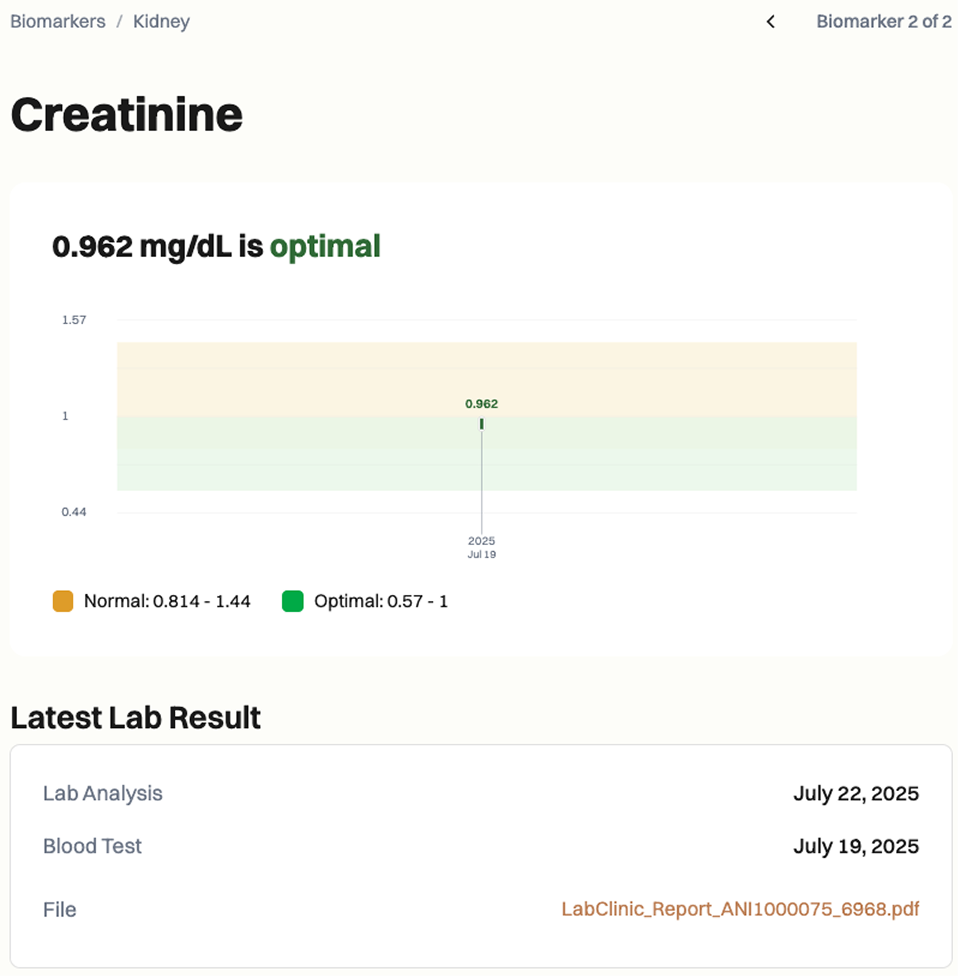
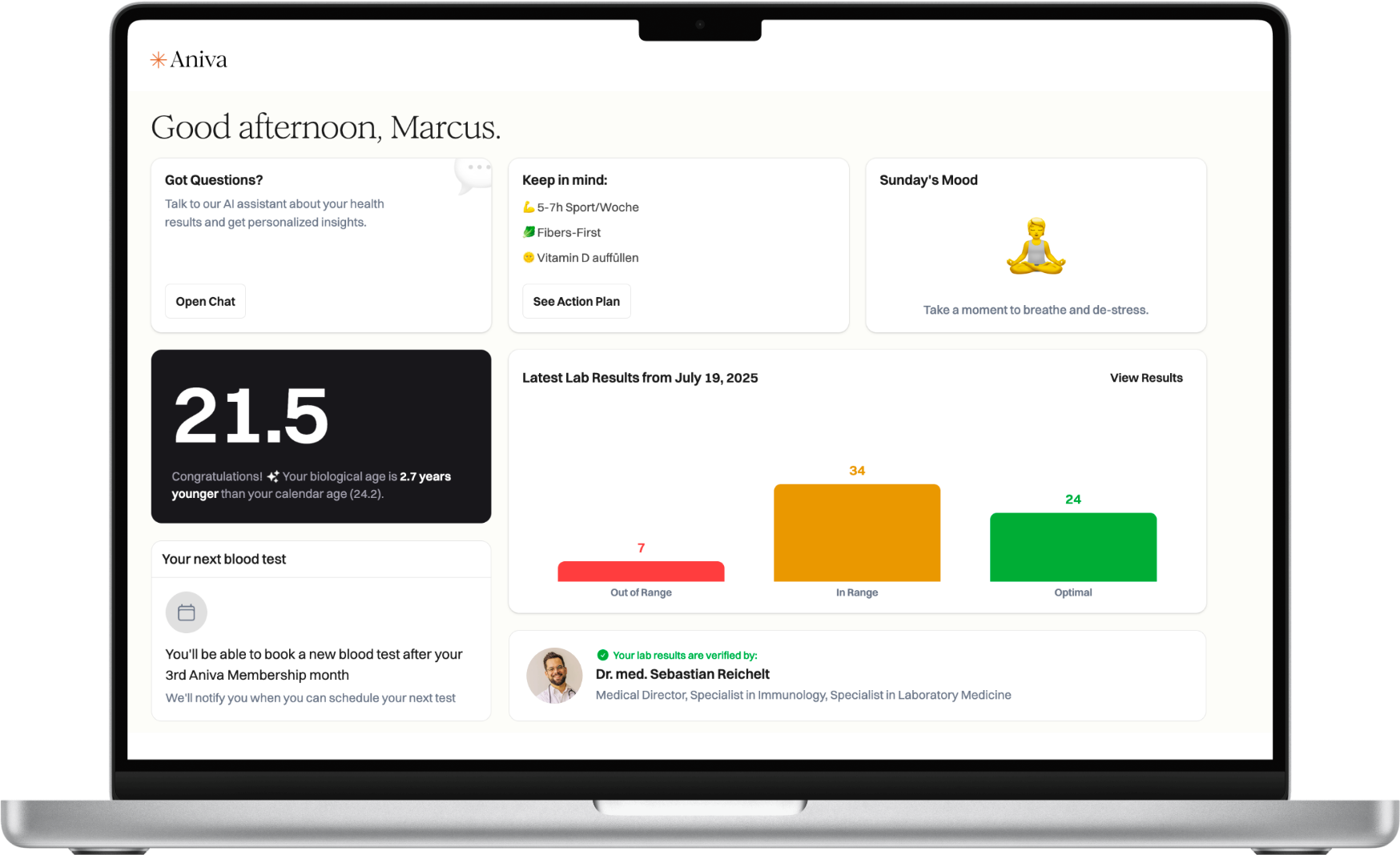
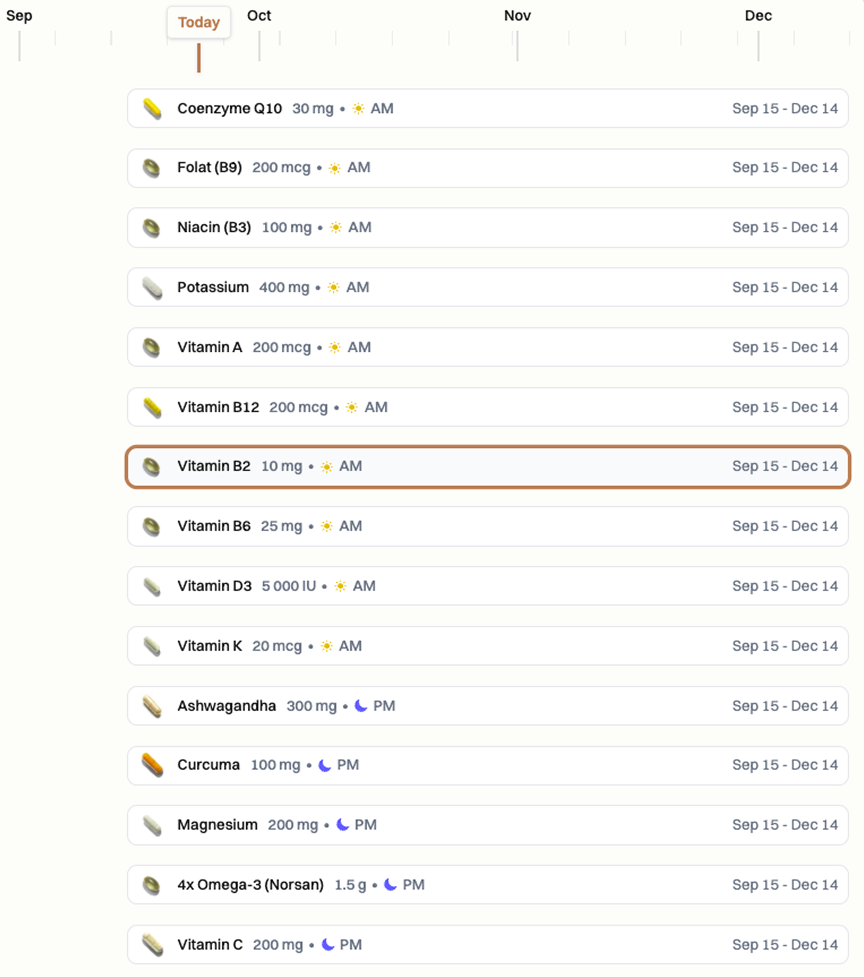
Common factors such as recent fasting, dehydration, strenuous exercise, alcohol, and acute illness can shift the ratio. Some medicines (for example, rifampin, atazanavir, probenecid, and hormonal contraceptives) may change bilirubin handling. Sample handling matters: bright light can lower measured bilirubin, and hemolysis can affect results. Testing at a consistent time of day helps reduce normal variation.
Special situations (when to confirm or adjust): pregnancy, suspected Gilbert syndrome, or testing soon after an illness or new medication may warrant repeat testing or tailored interpretation.
What does my result mean? A higher ratio means more indirect bilirubin; a lower ratio means more direct bilirubin. Context with other liver tests matters.
Do I need to fast for this test? No. Fasting is not required, but testing at the same time of day improves consistency.
What can affect the ratio? Medicines, supplements, alcohol, dehydration, illness, and strenuous exercise can shift results. Sample light exposure and hemolysis can also matter.
How often should I test this? Usually only when bilirubin is abnormal or symptoms appear, or to confirm a change. Follow your clinician’s advice.
How fast are results ready? Most labs report within 1–3 business days.
What should I discuss with my clinician? Share symptoms, medication and supplement lists, alcohol use, and past liver issues. Ask which follow-up tests are useful.

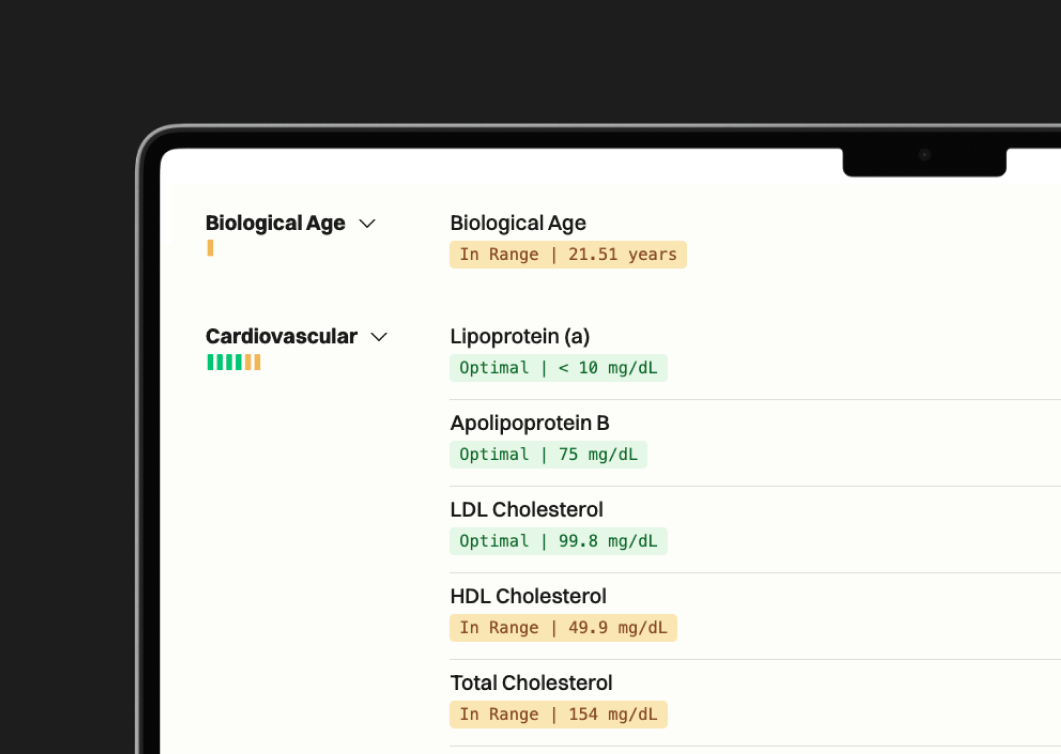

One annual blood test (100+ biomarkers)
Clinician-reviewed insights
Personalized action plan
Access to our AI Concierge
Access to curated products


63%
44%
70%